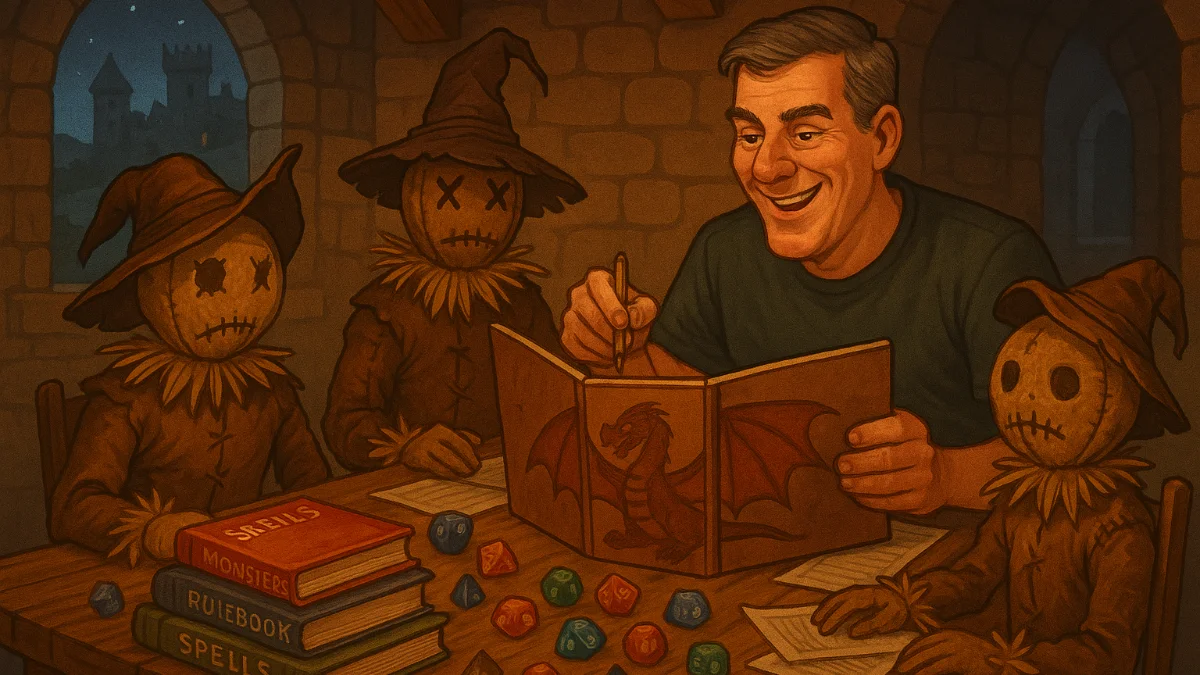
The Surprising History of Solo TTRPG Play
Solo TTRPG play has been part of the hobby since the 1970s, serving as practice space, a creative engine with oracles, and now evolving with AI.
30 posts found

Solo TTRPG play has been part of the hobby since the 1970s, serving as practice space, a creative engine with oracles, and now evolving with AI.
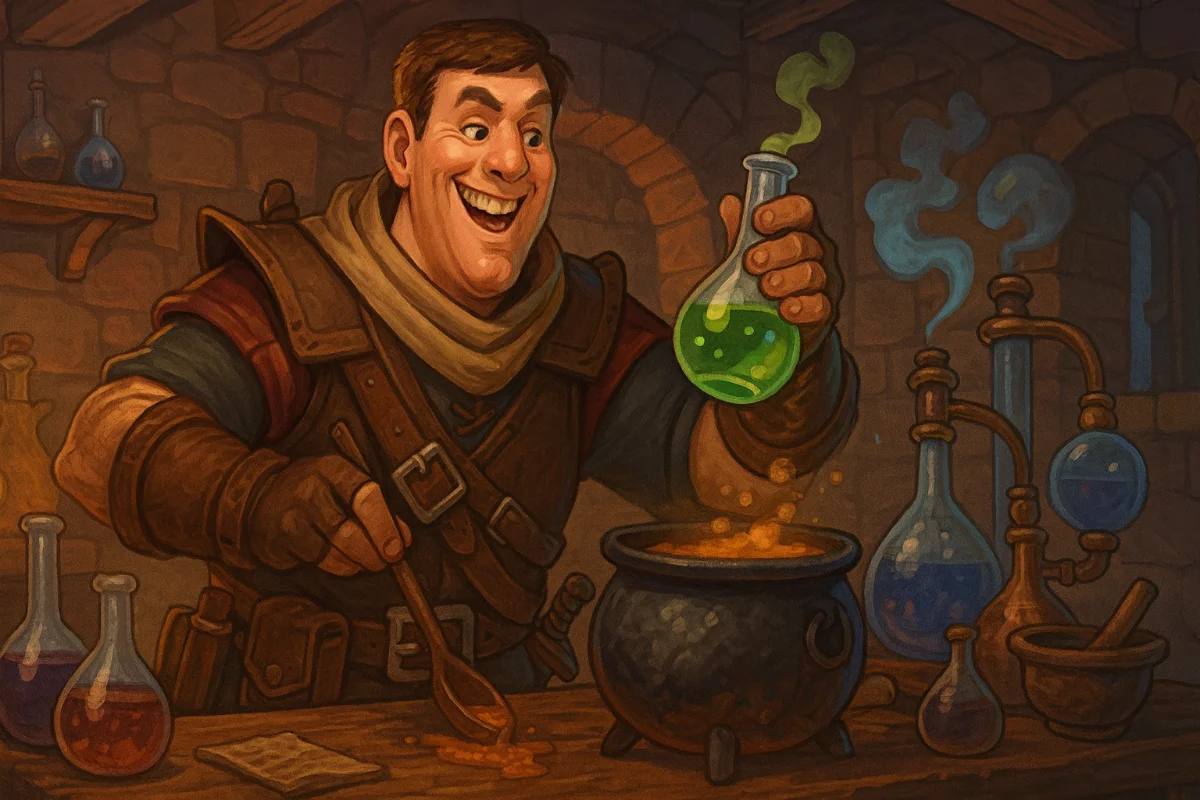
I built an interactive KCD2 alchemy tool to manage recipes and reflect on how modern TTRPG design has diminished meaningful crafting and earned progression.
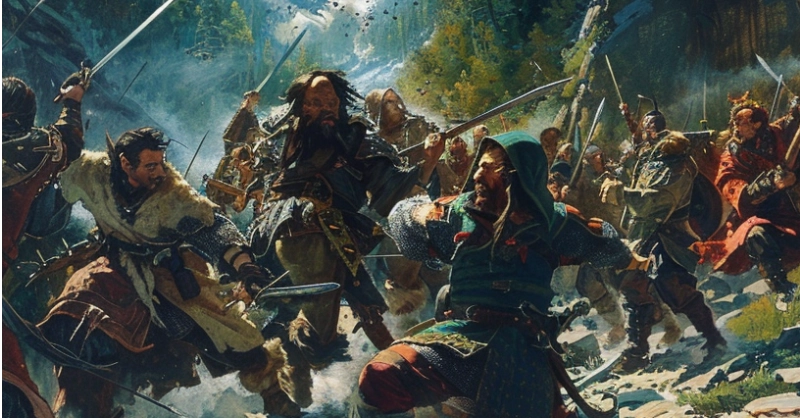
Practical guidance for crafting player-driven wartime stories: pitfalls to avoid, scenario types to run, tools to add tension, and moral nuance.
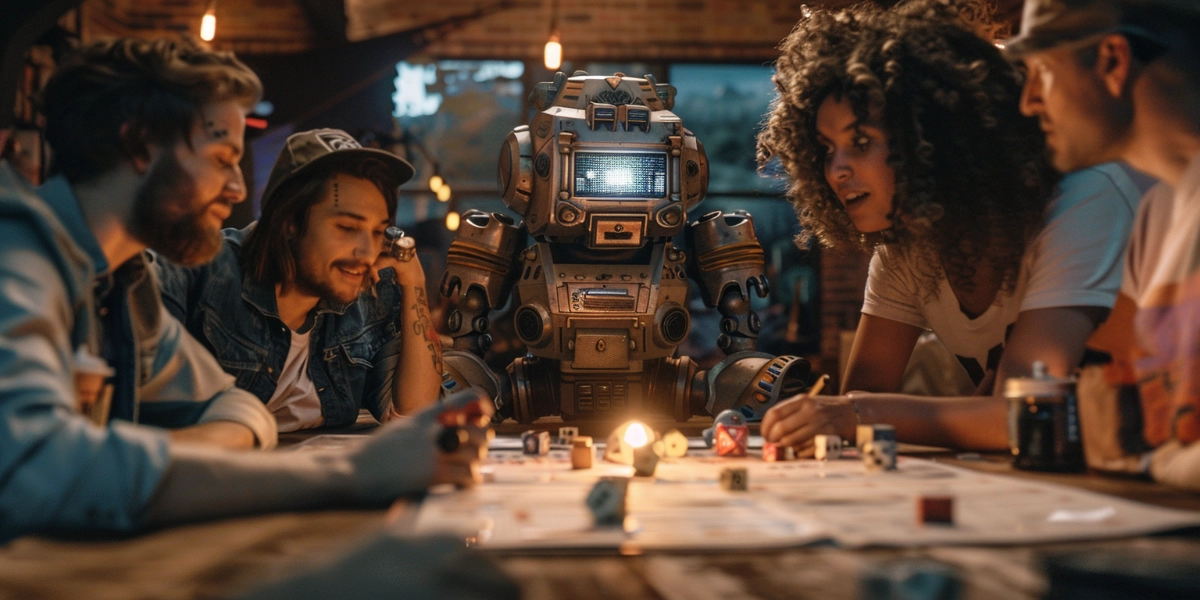
AI can streamline search, lore, prep, and tracking in tabletop play, freeing DMs and players to focus on storytelling while keeping human creativity central.
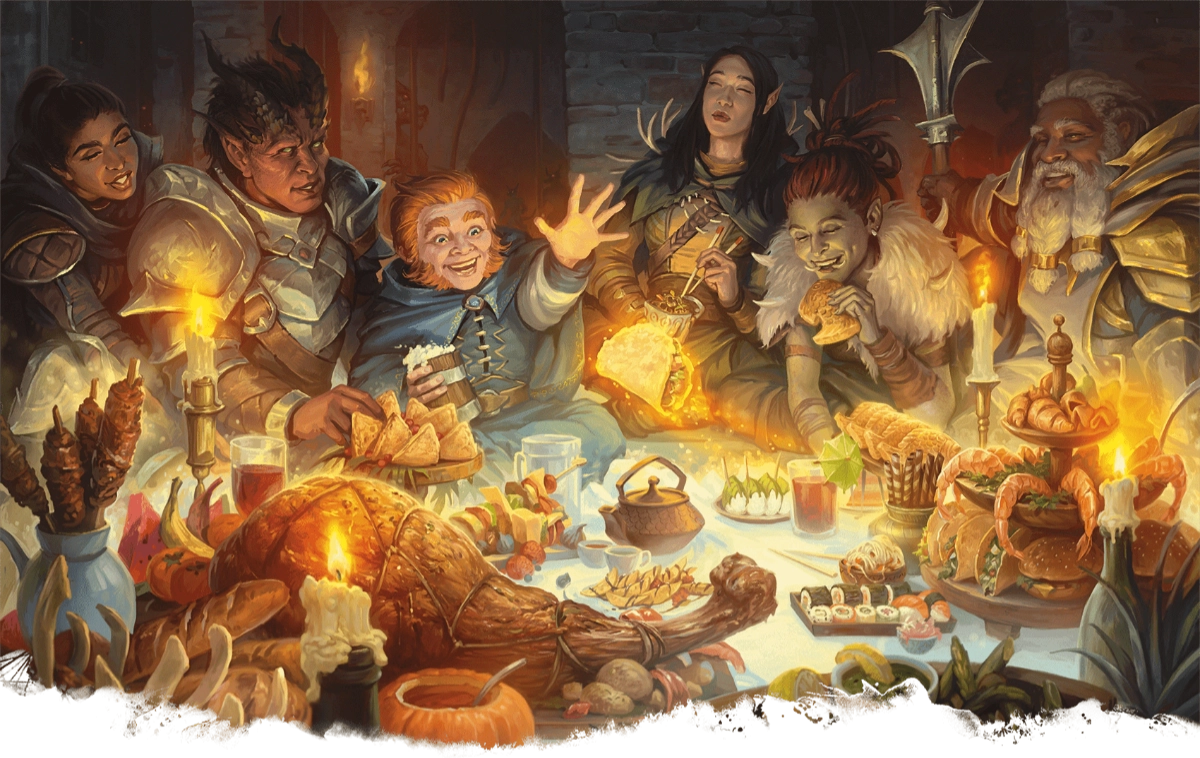
Use cuisine as a storytelling tool: describe dishes, tie meals to rituals, status, and environment, and turn ingredients into hooks for richer play.
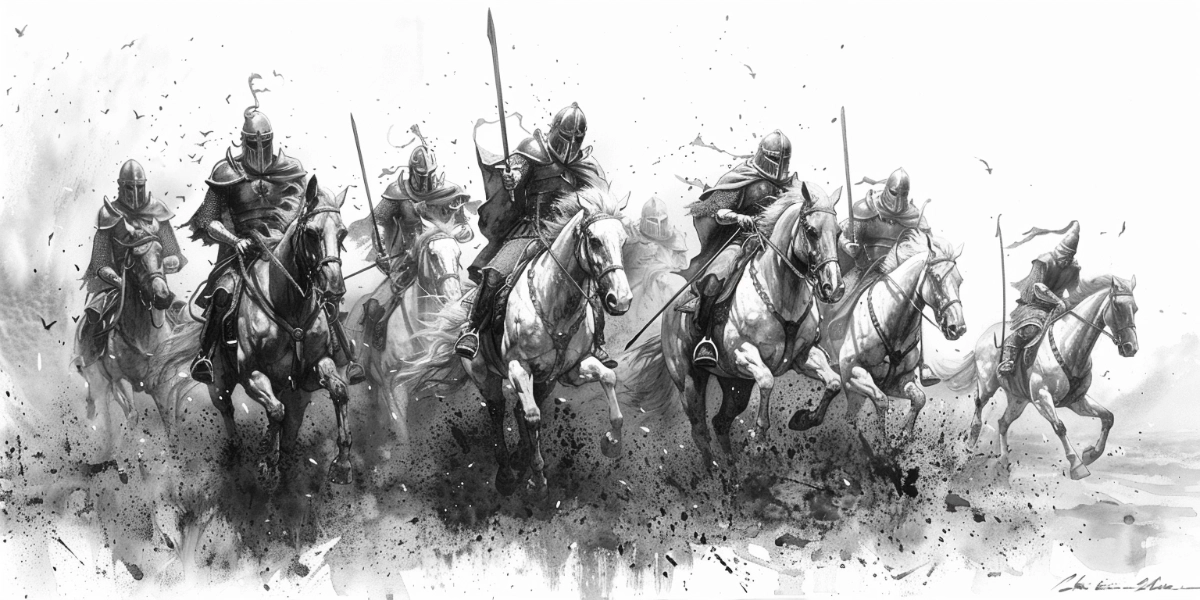
Streamlined Shadowdark mount rules: melee bonus, charging with polearms, risks of bolting, gear and barding, mounts and costs, plus travel flavor.
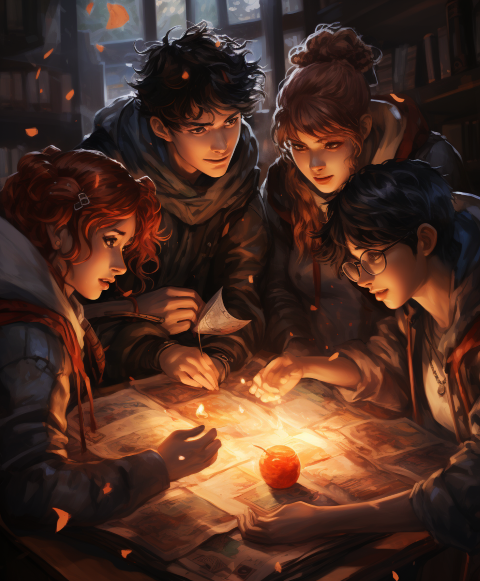
Practical, playful principles to be a better TTRPG player: show up, engage, share spotlight, pursue story beats, state intentions, respect others' fun.
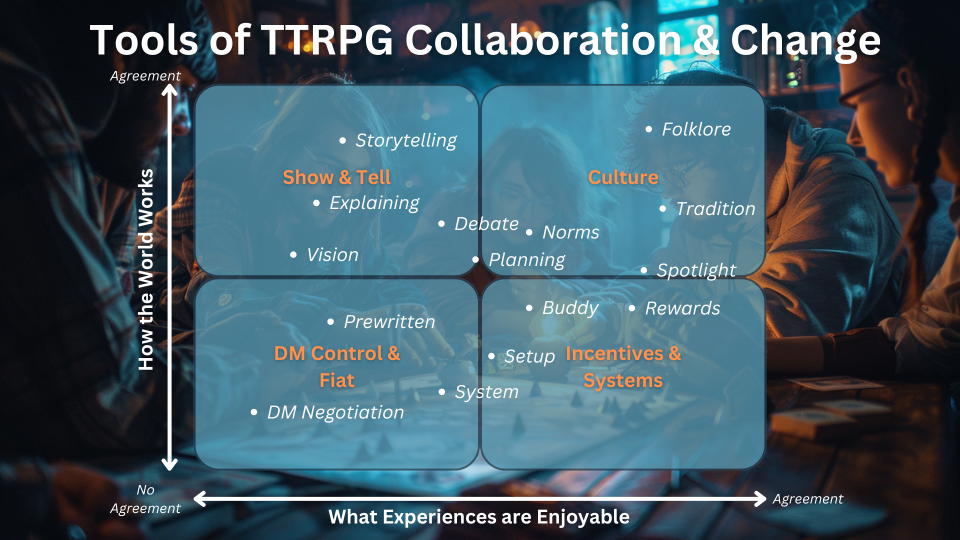
Build better tables by aligning assumptions about the world and preferred play styles, then using communication, examples, and incentives to support shared fun.
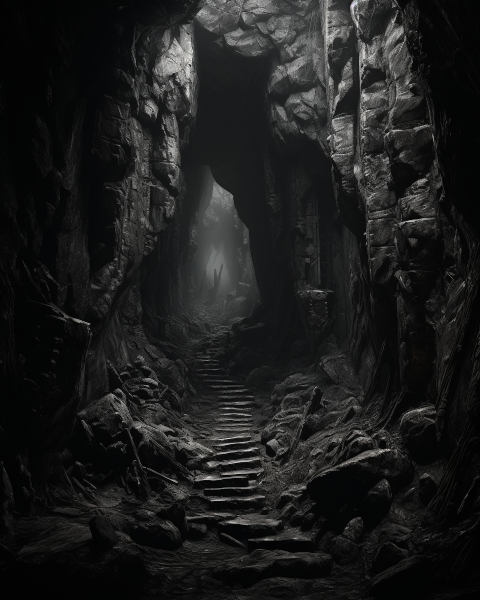
A level-5 DnD 5e grief-themed dungeon born from slain innocents, mixing environmental hazards and moral trials across five evocative chambers.
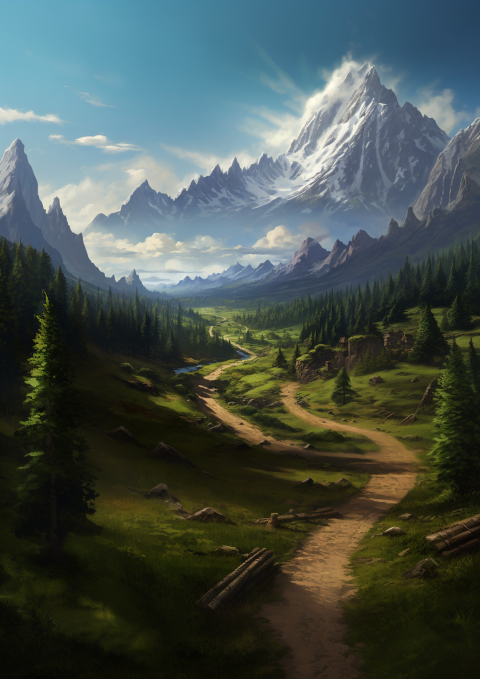
Transform travel by treating geography as a character, embedding hooks and implied encounters that spark curiosity and player-driven choices.